Introduction: Don’t Worry, But Be a Little Aware
Hello! I’m Ken, the editor-in-chief of Tokyo Insider Guide.
“Japanese etiquette is strict, and I might be rude if I make a mistake…”
When planning a trip to Japan, have you ever felt this kind of anxiety?
First, let me tell you the most important thing. We Japanese are very tolerant of travelers from overseas. No one expects you to know all the manners perfectly. However, knowing a few key points will surely make many Japanese people view you favorably. There’s no doubt that your trip will become smoother and much more enjoyable.
This article is my personal invitation to upgrade your Japan trip from “just sightseeing” to a “cultural experience where you blend in like a local.”
【Dining Etiquette】When in Rome, Do as the Romans Do
Here are just three of the most important manners that will be useful in restaurants. If you can master these, you have nothing to fear.
① No Tipping Required
In Japan, there is no culture of tipping. The cost of service is already included in your bill. If you try to leave a tip, the staff might get confused or even chase after you, thinking they forgot to give you your change. Express your gratitude with a simple “Gochisousama deshita” (Thank you for the meal) as you leave.
② The 3 Chopstick Taboos
There are many ways to use chopsticks, but as a traveler, there are only three major “don’ts” you need to remember.
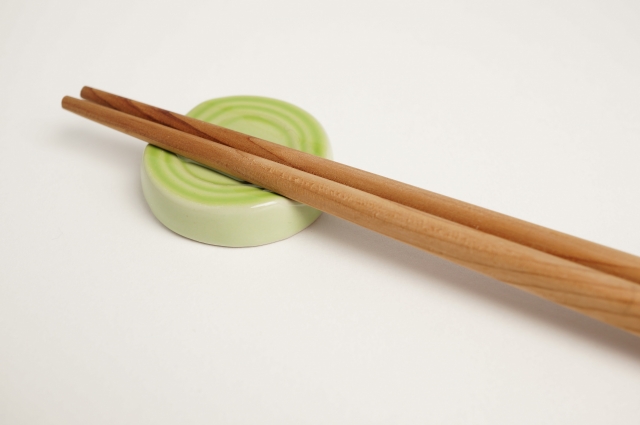
- Tate-bashi (Sticking chopsticks upright): Sticking your chopsticks vertically into your bowl of rice. This resembles a ritual performed at funerals, so it is absolutely forbidden.
- Watashi-bashi (Passing food between chopsticks): Passing food directly from your chopsticks to another person’s chopsticks. This also resembles a ritual after cremation.
- Sashi-bashi (Stabbing food): Spearing your food with your chopsticks. This is considered slightly bad manners.
③ Slurping Noodles is OK!
When you’re eating ramen, udon, or soba, you might be surprised to hear Japanese people slurping their noodles with a “zuzuzu” sound. This isn’t a breach of etiquette; in fact, it’s a positive sign that you’re enjoying the meal and a cultural way to savor the flavor more fully. Please give it a try!
【In Public & On Transport】Behaving Smartly in Public Spaces
In places used by many people, there are unwritten rules to ensure everyone can have a pleasant experience.
Value the Quiet
It’s basic etiquette to avoid loud conversations and phone calls on trains and buses. Many Japanese people want to spend their commute in peace and quiet. If you’re listening to music, please use earphones.
Trash Cans are a Rarity
You will be surprised by how few trash cans there are on the streets in Japan. This is partly a security measure. The basic custom is to put any trash you generate into a plastic bag, keep it in your bag, and take it back to your hotel room. The trash cans in front of convenience stores are for items purchased at that store only.
Where to Stand on Escalators
There is a custom of leaving one side of the escalator open for people in a hurry. In Tokyo, you stand on the left and leave the right side open, but in Osaka and many other cities in the Kansai region, it’s the opposite. The surest way is to just follow what others are doing.
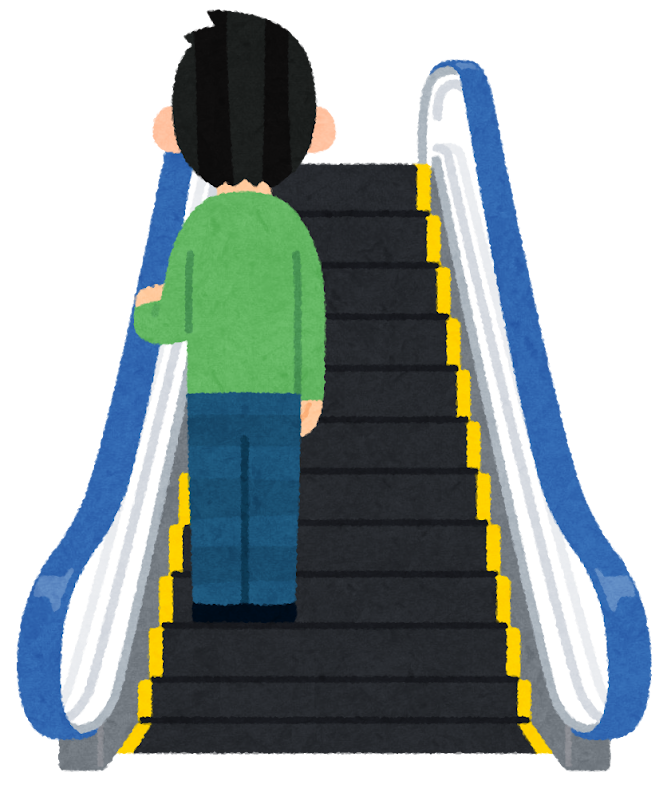
【At Shrines & Temples】Showing Respect in Sacred Places
You don’t need to learn complex rituals. The important thing is to show a feeling of respect.
A Bow at the Torii Gate or Sanmon Gate
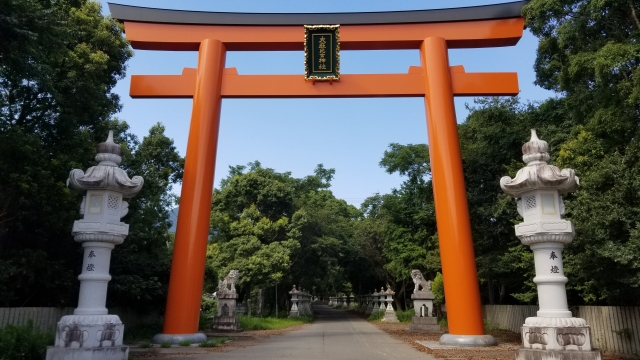
The Torii (鳥居) at the entrance of a shrine and the Sanmon (山門) at the entrance of a temple mark the gateway to a sacred area. If you pause for a moment and give a light bow before entering, it comes across as very polite.
Purification at the Chozuya (手水舎)
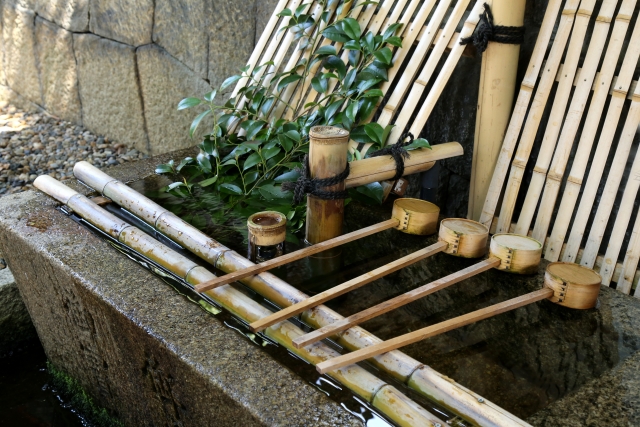
This is a place to purify your mind and body before praying. The simple steps are as follows:
1. Hold the ladle (hishaku) with your right hand, scoop up water, and wash your left hand.
2. Switch the ladle to your left hand and wash your right hand.
3. Switch back to your right hand, pour some water into the palm of your left hand, and use it to rinse your mouth.
(※The key is not to touch the ladle directly to your mouth.)
4. Finally, tilt the ladle so the remaining water runs down and cleans the handle, then place it back where you found it.
The Basics of Praying: Shrines vs. Temples
The biggest difference is the way you pray.
If you’re ever unsure which it is, the best thing to do is copy what the Japanese people around you are doing.
| Shrine (神社): A place that enshrines Japanese gods (Shinto). |
| The basic ritual is “two bows, two claps, one bow.” 1. Bow deeply twice. 2. Clap your hands twice in front of your chest. 3. Keep your hands together and pray silently. 4. Bow deeply one last time. |
| Temple (お寺): A place that enshrines Buddha (Buddhism). |
| Unlike at a shrine, you do not clap your hands. Silently press your palms together in front of your chest, close your eyes and pray, and then give a final bow. |
Ken’s Final Advice: “Sumimasen” is a Magic Word
I’ve introduced a lot of different manners, but you don’t need to remember them all perfectly. If you make a mistake or find yourself in a bind, just try saying this with a smile:
“Sumimasen (すみません).”
This is an incredibly useful word that means both “Excuse me” and “Sorry.” The important thing isn’t to memorize the rules, but to have a feeling of respect for the people around you. As long as you have that, your trip to Japan is sure to be a wonderful experience.

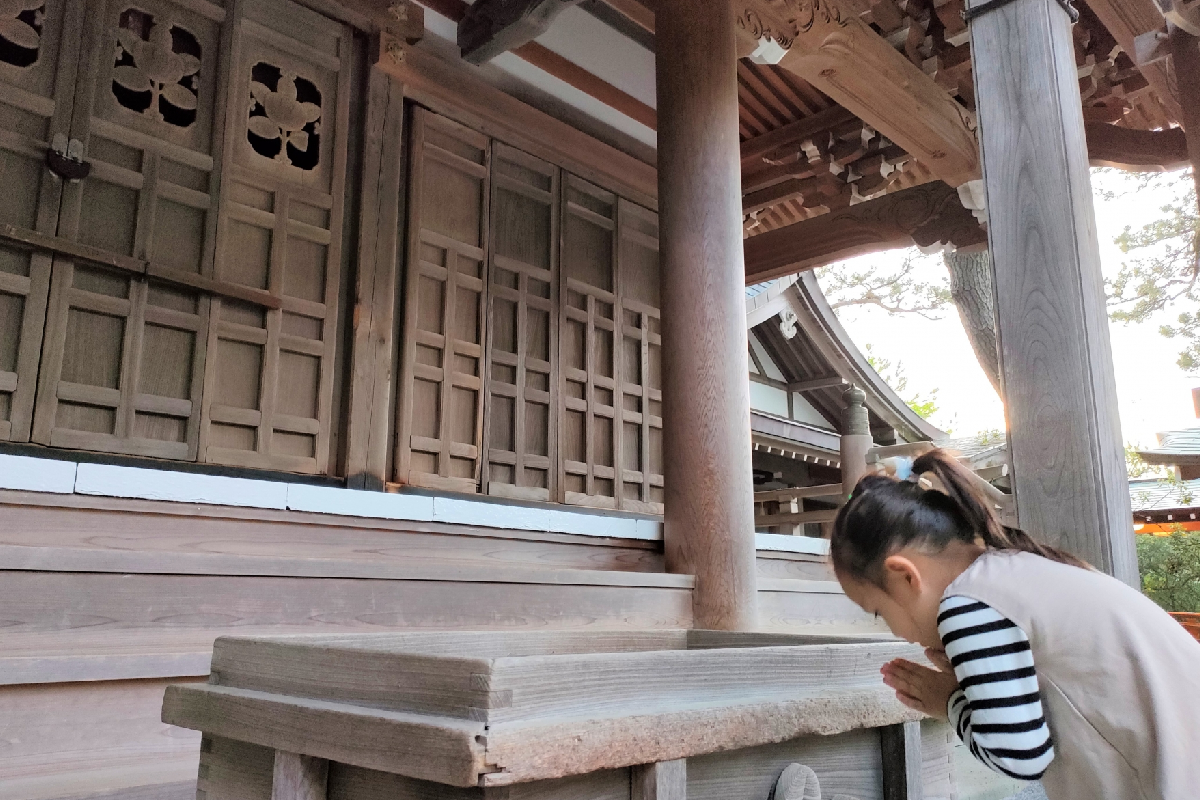


Comments